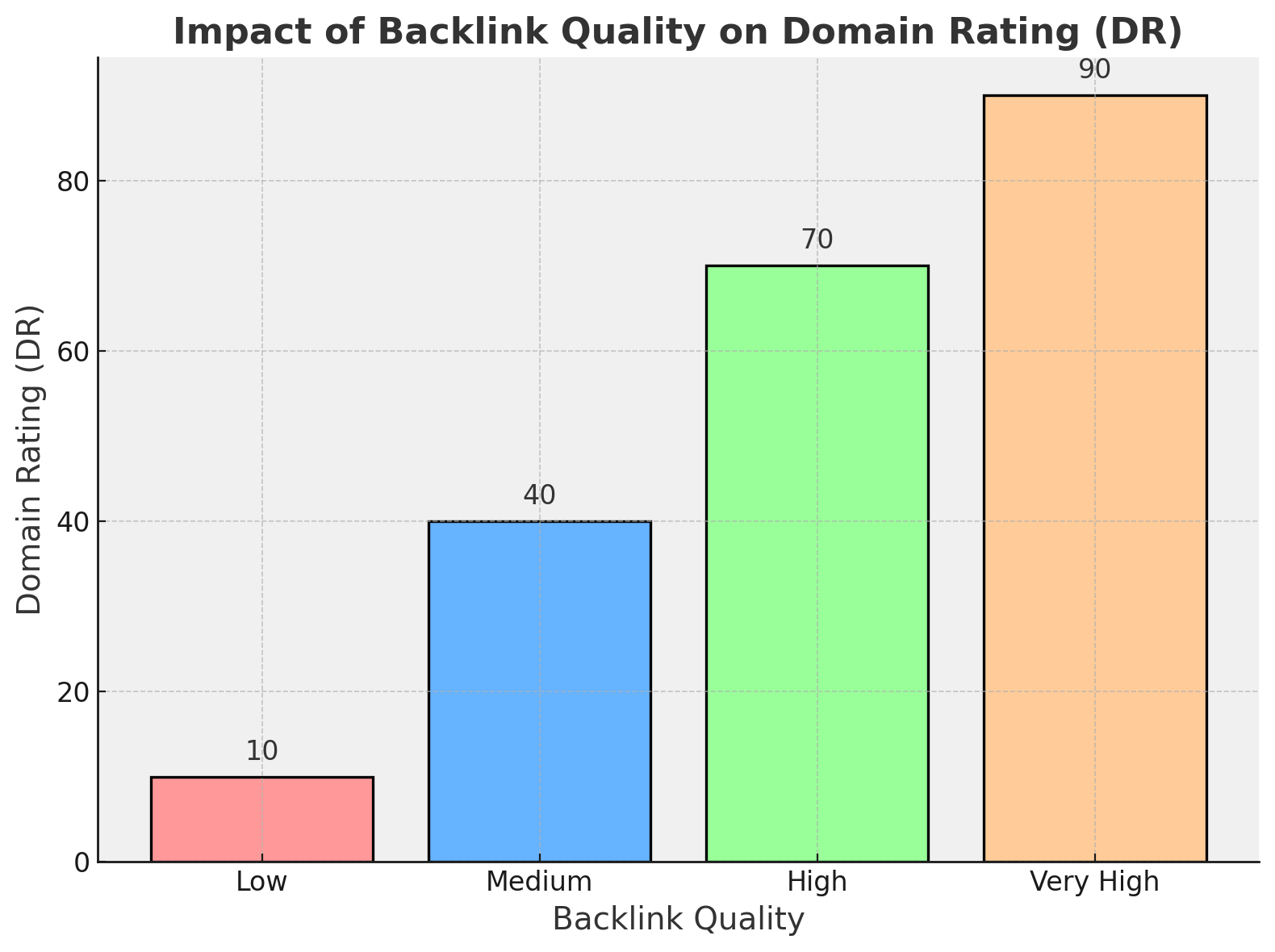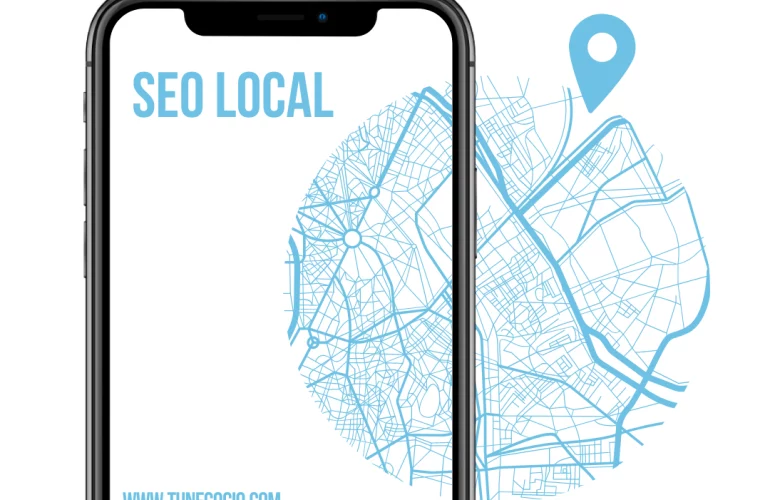A website’s Domain Authority, also known as Domain Rating (DR) or Domain Authority (DA), is a metric that reflects the relevance and popularity of a domain on the Internet. It is a key indicator in the world of SEO that helps search engines determine how trustworthy and authoritative a site is compared to others.
What is Domain Rating (DR)?
Domain Rating is a metric created by Ahrefs, one of the most popular tools for SEO analysis. It measures the strength of a domain based on the quantity and quality of inbound links (backlinks) it has. It is expressed on a scale of 0 to 100, with 0 being a site with little or no authority and 100 being a powerful domain, such as the giants Google or Facebook.
Example:
- Google.com: DR close to 100.
- A new blog: DR between 0 and 10.
How is Domain Rating Calculated?
DR calculation is based primarily on backlinks. Here’s a simplified breakdown:
- Quantity of Backlinks: A site with many links from other domains gains more authority.
- Quality of Backlinks: Not all links are of equal value. One link from a high-authority site is much more valuable than dozens of links from low-authority sites.
- Distribution of Links: If your site links to only one domain, it loses value. Therefore, if an authoritative site links to multiple domains, that value is distributed, diminishing the impact.
Why is Domain Rating Important?
The higher the Domain Rating, the more likely your site appears at the top of search results. This translates into more organic traffic and, consequently, more conversions or sales.
How to Increase the Domain Authority of Your Website?
Increasing a website’s Domain Rating is no easy task, but effective strategies exist. Here are some ways to improve this metric:
1. Building Quality Backlinks
One of the key factors in improving DR is getting inbound links from high-authority sites. These links are a signal to search engines that your content is valuable and trustworthy.
Strategies to get backlinks:
- Guest Posting: Posting articles on other people’s blogs and linking to your site.
- Creating exceptional content: Highly shared articles or resources tend to generate natural backlinks.
- Broken Link Building: Detecting broken links on relevant sites and offering your content as an alternative.
2. On-Page Optimization
The quality of the content on your website also influences its authority. On-page SEO ensures that the content is easy to read for both users and search engines.
- Proper use of keywords: Research and use relevant keywords without overloading the text.
- Quality content: Make sure you offer original, useful, and well-structured information.
- Image optimization: Make sure that images have SEO-optimized alternative texts.
3. Improving User Experience
Search engines also take into account the behavior of users on your site. Factors such as loading speed, mobile-friendliness, and easy navigation are essential to retaining visitors.
Tips to improve user experience:
- Optimize page speed: Use tools like Google PageSpeed Insights to identify issues.
- Responsive design: Your site should look good and be functional on all devices.
- Intuitive interface: Make navigation easy with clear menus and accessible links.
4. Create Content Regularly
Publishing fresh, relevant content consistently is crucial to attracting visitors and generating more links. Search engines value sites that are frequently updated and offer valuable content.
Content Ideas:
- Comprehensive guides on topics in your industry.
- Blog posts that solve common problems for your audience.
- Infographics and videos that explain concepts visually.
5. Remove Toxic Links
Links from low-quality or spammy sites can hurt your DR. Use tools like Google Search Console or SEO Analytics tools to identify and disavow these links that negatively affect your authority.
6. Take Advantage of Social Media
Although links from social media don’t directly count towards your DR, they do help amplify the reach of your content, which can lead to more backlinks. Share your posts regularly and encourage users to share them.
Graphic Example of the Impact of Backlinks on DR

Difference between Domain Rating and Domain Authority
Although Domain Rating (DR) and Domain Authority (DA) are similar metrics, there are small differences:
- DR (Ahrefs): Focuses more on the quality of the content. backlinks and is specific to the Ahrefs tool.
- DA (Moz): Measures other factors, such as on-page optimization and the amount of content, in addition to backlinks.
Both metrics can help you measure your website’s domain authority, although it’s important not to get hung up on a single number. The key is to build a site with quality content and a solid SEO strategy.
Conclusion: Your Website’s Domain Authority (Domain Rating)
Improving your website’s domain authority or Domain Rating is a process that requires time, effort, and a well-structured SEO strategy. From building quality backlinks to optimizing user experience, every aspect of your site influences its authority. With these tactics, you can position yourself as a reference in your niche and increase the visibility of your website in search engines.
Do you need help with the Domain Authority of your site? Contact me

WordPress Expert, SEO & UX Optimization | I help freelancers and SMEs grow their business. | Web Design and Development Specialist for Startups, SMEs, and Personal Projects




